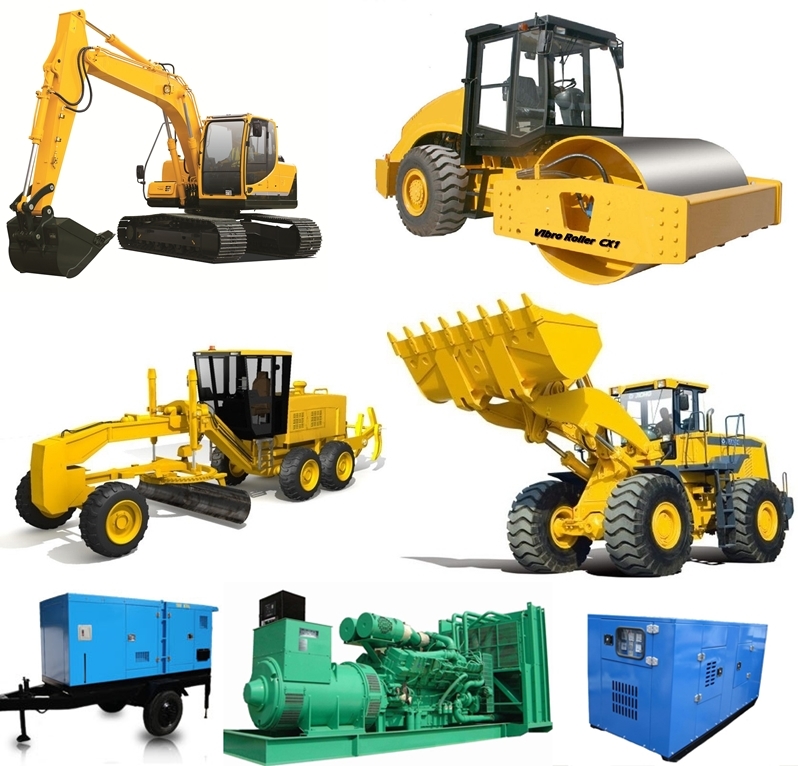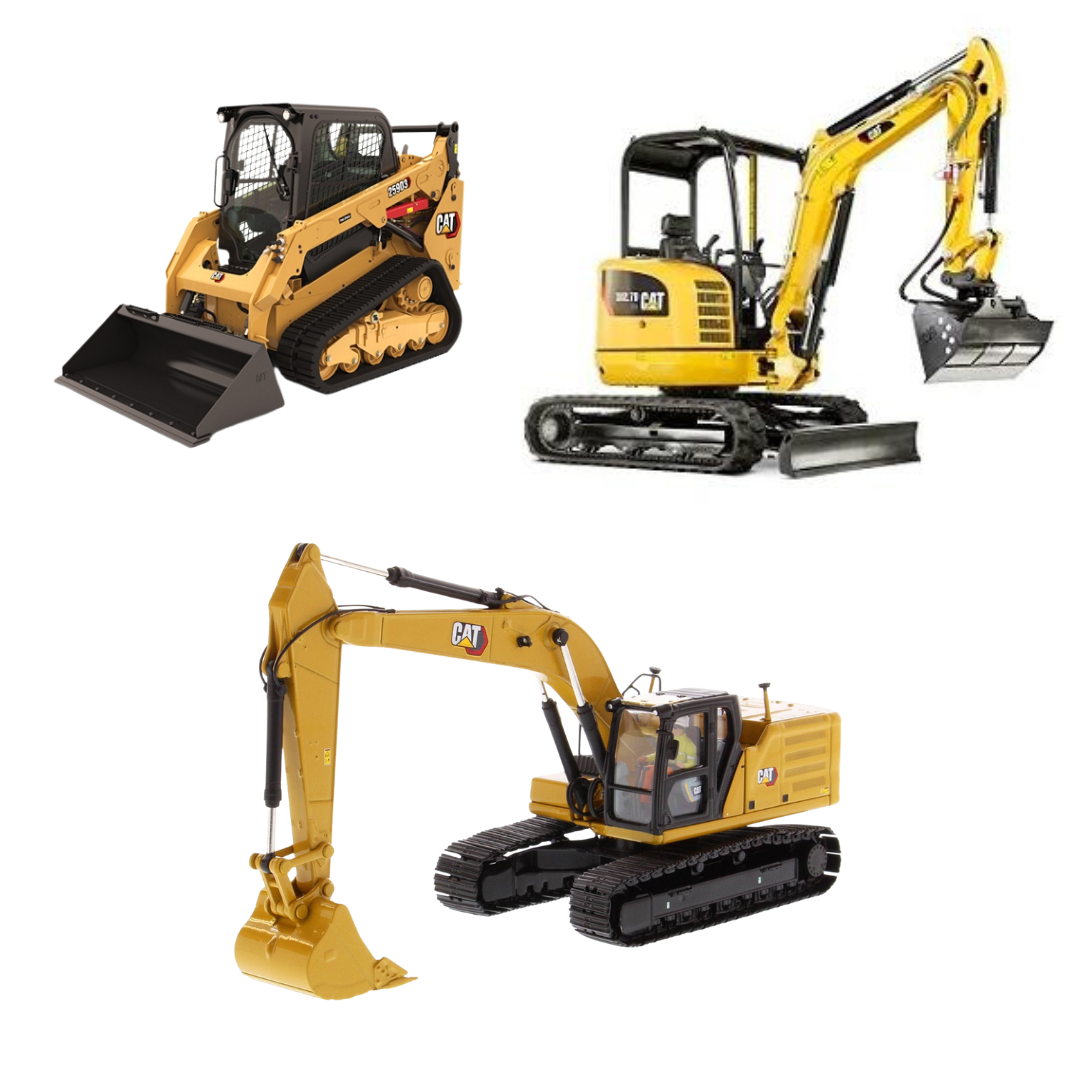Mini Excavator Rental: Compact Machines for Strict Spaces
Mini Excavator Rental: Compact Machines for Strict Spaces
Blog Article
Maximize Your Spending Plan by Comprehending the Costs Linked With Building And Construction Equipment Rentals
Recognizing the full extent of prices associated with building and construction equipment leasings is crucial for optimizing your budget plan. What approaches can be employed to successfully take care of these costs and guarantee a much more reliable rental experience?
Overview of Rental Expenses
When considering building and construction devices rentals, recognizing the associated prices is vital for effective budgeting and task planning. Rental prices can vary dramatically based on numerous factors, consisting of equipment type, period of rental, and area. The first rental cost typically reflects the devices's market need and its associated functional capacities, influencing the general expense.
In addition to the base rental price, ancillary expenses might arise, such as transportation costs, fuel surcharges, and upkeep costs. It is vital to make up these additional costs to properly assess the overall expense of renting out equipment. Moreover, the rental duration can impact pricing; longer leasings might get approved for discounted rates, while short-term leasings could incur greater daily charges.

Failure of Rental Prices
A comprehensive understanding of rental rates is essential for contractors and project supervisors intending to enhance their budget plans. Rental rates for construction equipment typically are composed of numerous elements, including base rates, time-based costs, and use charges.
Base rates are the core costs related to the leasing of the equipment, often established by the kind and size of the machinery. These prices can vary significantly, affected by aspects such as equipment need, accessibility, and regional market fads. Time-based fees, which may be daily, weekly, or monthly, offer to fit different job timelines and rental durations.
In addition, rental rates may consist of usage costs, which are suitable when equipment is utilized past a defined threshold, guaranteeing that the rental firm can represent damage. Seasonal demand fluctuations can additionally impact rental rates, with peak building seasons typically regulating greater prices.
In addition, comprehending the rental firm's policies pertaining to maintenance and insurance policy can offer more insight right into the total cost framework. By analyzing these elements, professionals can make enlightened decisions, making sure the option of rental equipment lines up with both task requirements and budget plan restraints.
Extra Charges to Take Into Consideration
Comprehending the intricacies of additional fees is critical for professionals to handle their overall rental expenses efficiently. Past the basic rental prices, various supplemental fees can dramatically impact the total price of devices leasing. These charges commonly include shipment and pick-up fees, which can vary based on distance and logistics included in delivering the devices to and from the task site.
Moreover, some rental firms might enforce fuel surcharges if the equipment is returned with much less gas than when rented out. It is likewise vital to know prospective cleaning fees, especially for specialized equipment that calls for detailed upkeep after use.

Thoroughly assessing the rental agreement and clearing up these extra costs upfront can aid contractors stay clear of unforeseen expenses and ensure that budget plans remain undamaged throughout the task lifecycle.
Repair And Maintenance Costs
Regular maintenance and repair costs are often ignored variables that can substantially affect the overall expense of construction devices services. When renting devices, it is crucial to think about not just the rental fees however likewise the prospective expenses connected with maintaining the equipment in ideal operating problem.
Lots of rental business include fundamental upkeep as part of the rental agreement; however, extra extensive repairs or unanticipated failures can bring about additional expenses. It's necessary to review pop over to this web-site the rental contract meticulously to comprehend what upkeep solutions are covered and what responsibilities drop on the occupant.
Furthermore, see tools that is not well-kept can cause inadequacies on duty site, possibly causing delays and raising project prices. To reduce these risks, it is recommended to carry out routine examinations and preserve open communication with the rental copyright regarding any problems that develop during usage.
Insurance Policy and Responsibility Costs
Insurance policy and obligation prices are important components that can substantially affect the general expense of building equipment leasings (heavy equipment rental). These prices ensure that both the rental company and the customer are shielded from possible monetary losses arising from mishaps, damages, or burglary during the rental duration

In addition, clients need to know any kind of deductibles or exclusions in the insurance plan, as these can impact potential out-of-pocket costs. Understanding the terms and conditions of any kind of insurance protection is vital to prevent unanticipated costs. Eventually, budgeting for insurance policy and obligation expenditures can help make sure a smoother rental experience and shield against monetary threats associated with building tasks.
Conclusion
In conclusion, a comprehensive understanding of the costs linked with building and construction devices leasings is vital for effective budget monitoring. Inevitably, notified decision-making concerning equipment services contributes to the overall success of building and construction undertakings.
Rental expenses can vary significantly based on numerous aspects, including tools kind, duration of go to this site service, and place (construction equipment rentals). The rental duration can affect pricing; longer services may certify for reduced prices, while temporary rentals could incur greater daily costs
By carrying out comprehensive study and engaging with reputable rental business, contractors can properly navigate the intricacies of rental pricing, eventually maximizing their monetary sources.
Beyond the typical rental rates, numerous additional costs can significantly affect the complete expense of tools rental. Rental business usually supply obligation insurance coverage that covers injuries to 3rd events or damages to building, while equipment damage insurance policy can cover the cost of repair services or substitute if the rented out equipment is damaged.
Report this page